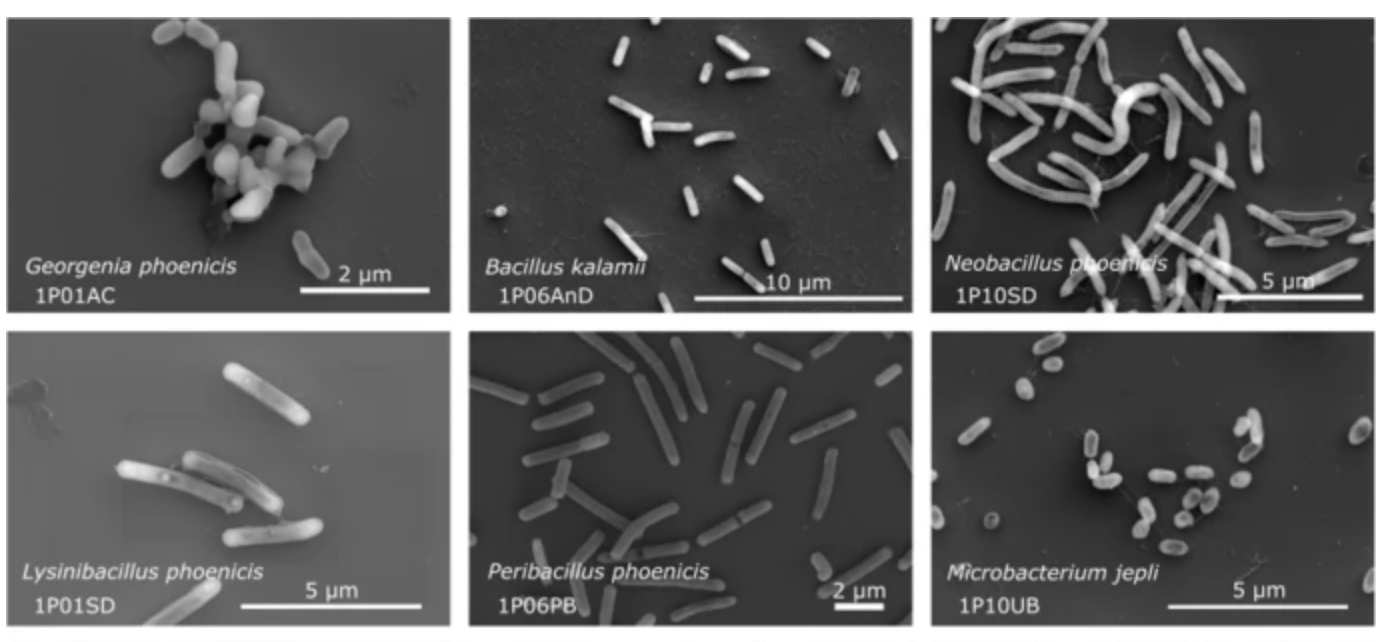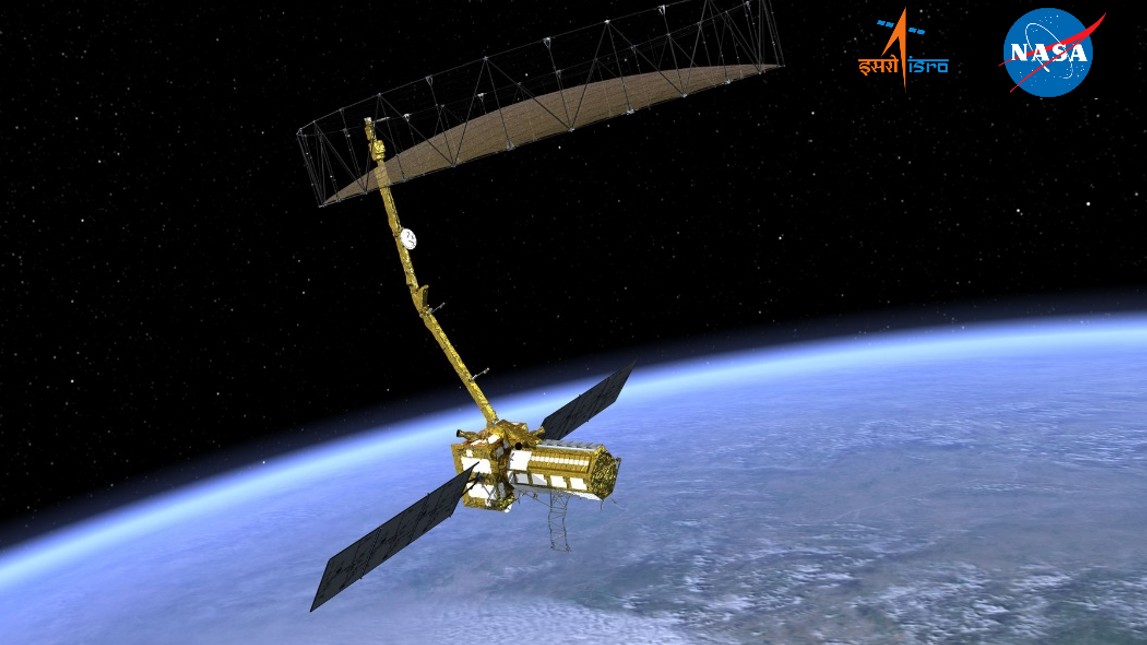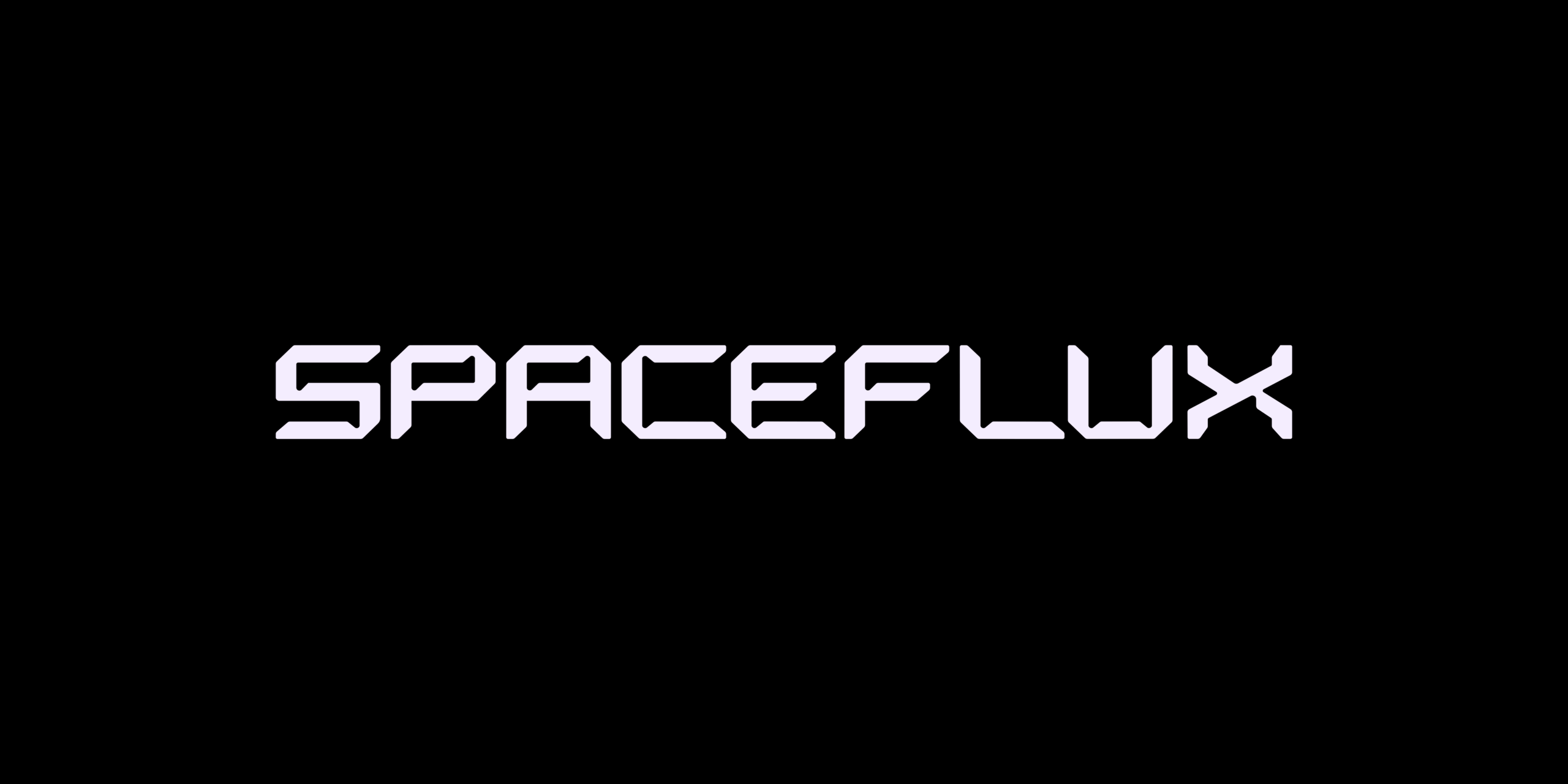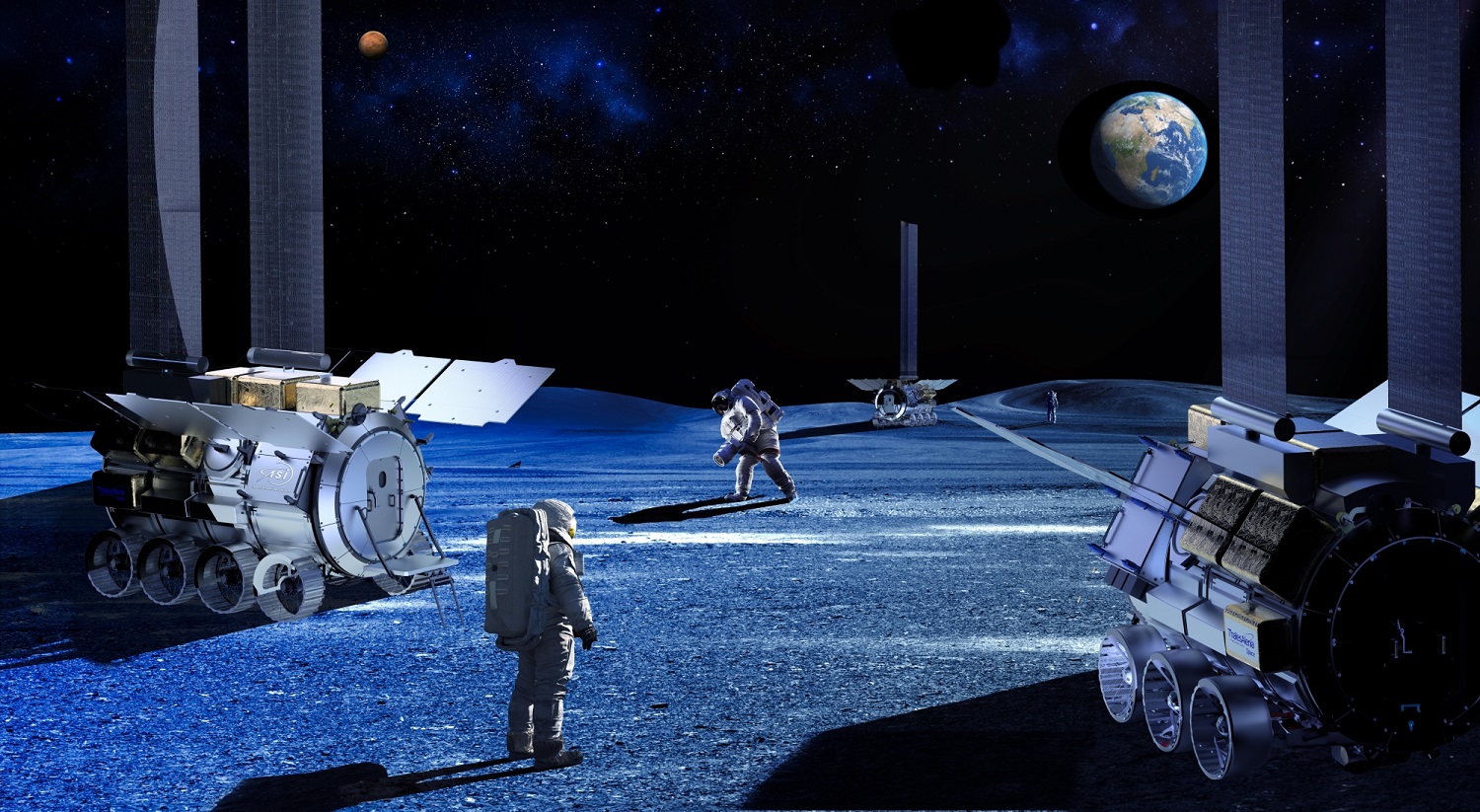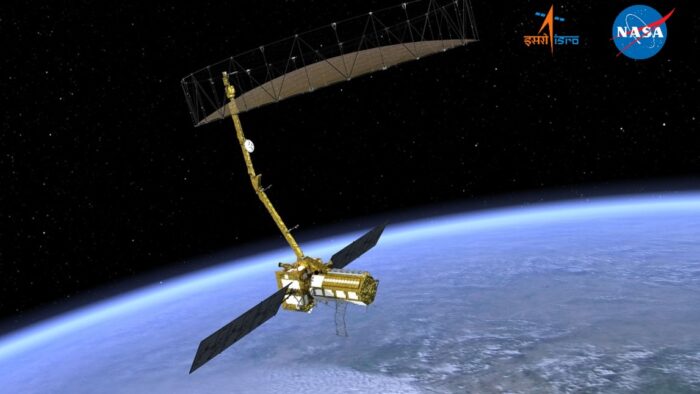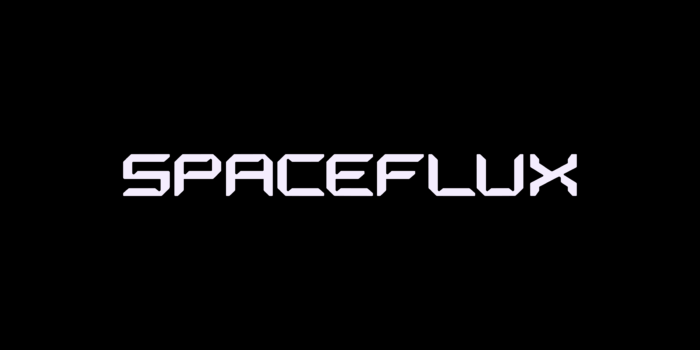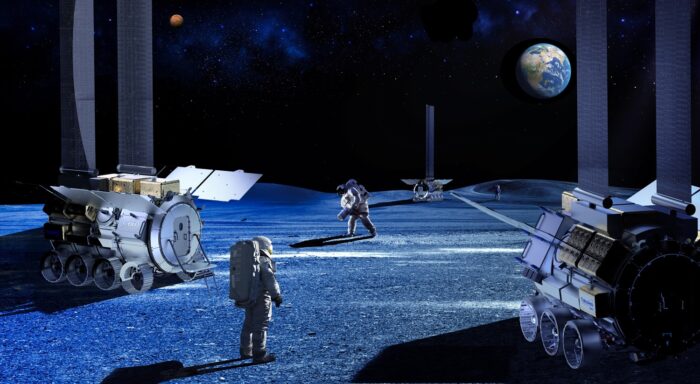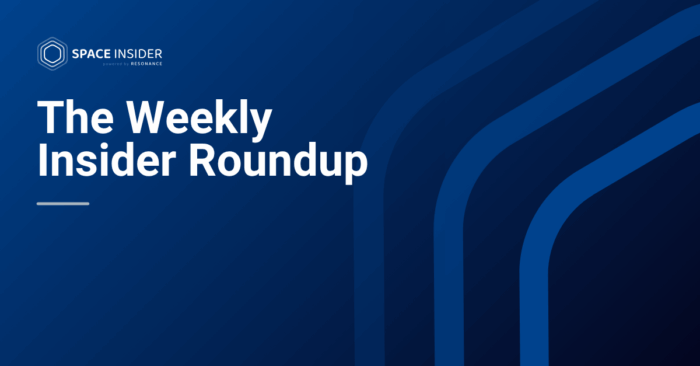Insider Brief
- A joint NASA-KAUST study has identified 26 previously unknown bacterial species in NASA cleanrooms, revealing microbes with genetic traits suited to survive extreme space-like conditions.
- The newly discovered bacteria exhibit genes for radiation resistance, DNA repair, and metabolic adaptability, posing both planetary protection risks and opportunities for biotechnology innovation.
- The findings help inform contamination control for future space missions and suggest potential applications in medicine and food preservation using stress-resistant microbial genes.
PRESS RELEASE — A new study by scientists at the NASA Jet Propulsion Laboratory and several institutes across India and Saudi Arabia has reported 26 novel bacterial species growing inside cleanrooms associated with NASA space missions. These unknown and newly described species carry genetic traits associated with resilience to extreme environments such as those found in space, highlighting the importance of rigorous contamination control to prevent unintentional microbial transfer during space missions. The study can be read in Microbiome.
Spacecraft are assembled in cleanrooms, which are highly specialized facilities engineered to maintain exceptionally low levels of dust and microorganisms. These controlled environments are extreme in their own right, with tightly regulated airflow, temperature, and humidity that inhibit microbial survival. However, some microorganisms – extremophiles – thrive in such environments.
“Our study aimed to understand the risk of extremophiles being transferred in space missions and to identify which microorganisms might survive the harsh conditions of space. This effort is pivotal for monitoring the risk of microbial contamination and safeguarding against unintentional colonization of exploring planets,” explained King Abdullah University of Science and Technology (KAUST) Professor Alexandre Rosado, the lead KAUST researcher on the project and a contributor to several NASA working groups on planetary protection and space microbiology.

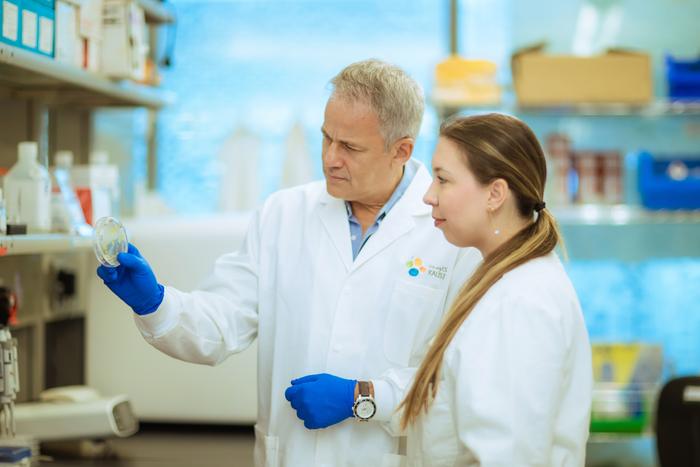
The scientists did a comprehensive analysis of the microorganisms growing in the NASA cleanrooms, finding that many of the new species possessed genes that made them resilient to decontamination and radiation. Some of the discovered genes were associated with DNA repair, the detoxification of harmful molecules, and improved metabolism, all of which increased the species’ survivability.
Moreover, these genes could lead to new biotechnologies that benefit food preservation and medicine.
“These findings not only raise important consideration for planetary protection but also open the door for biotechnological innovation,” said Junia Schultz, a postdoctoral fellow at KAUST who was the first author of the study. “Space travel provides an opportunity to study microorganisms that possess relevant stress-resistance genes. The genes identified in these newly discovered bacterial species could be engineered for applications in medicine, food preservation, and other industries.”
In addition, the study assists NASA with anticipating the type of bacteria astronauts will encounter in their space missions and in developing strategies to mitigate microbial contamination in cleanrooms.
“KAUST’s collaboration with NASA represents a groundbreaking alliance driving the frontiers of space science and astrobiology,” said Dr. Kasthuri Venkateswaran, retired Senior Research Scientist at NASA’s Jet Propulsion Laboratory and a lead author of the study. “Together, we are unraveling the mysteries of microbes that withstand the extreme conditions of space —organisms with the potential to revolutionize the life sciences, bioengineering, and interplanetary exploration. This partnership not only supports Saudi Arabia’s ambitious vision through the Saudi Space Agency but also reinforces KAUST’s emergence as a global leader in microbial and space biology research.”
Matt Swayne
With a several-decades long background in journalism and communications, Matt Swayne has worked as a science communicator for an R1 university for more than 12 years, specializing in translating high tech and deep tech for the general audience. He has served as a writer, editor and analyst at The Space Impulse since its inception. In addition to his service as a science communicator, Matt also develops courses to improve the media and communications skills of scientists and has taught courses.
Share this article:

